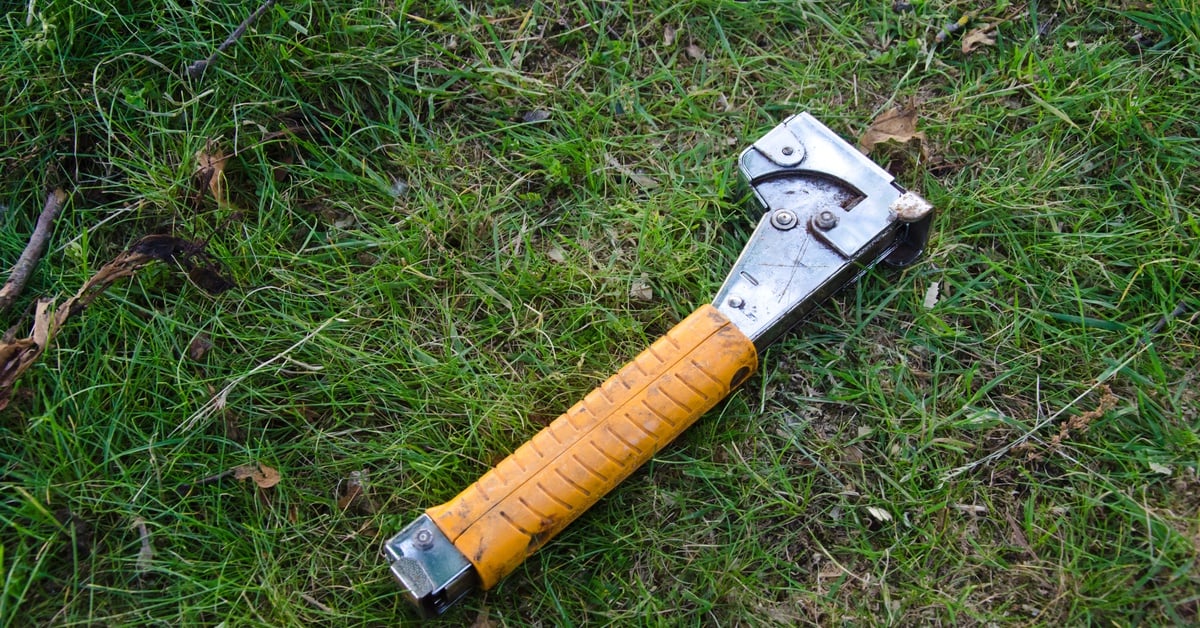
Hammer tackers are indispensable tools for a wide range of fastening tasks. From securing carpet padding and house wrap to posting signs, these tools provide a fast and efficient method for driving staples. Understanding the differences between the available models is crucial for selecting the right one for your specific needs. If you’re wondering what the basic types of hammer tackers are, the difference primarily comes down to their driving mechanisms and overall design.
Understanding Fixed-Driver Tackers
The most common type of hammer tacker utilizes a fixed-driver mechanism. These tools operate on a simple yet effective principle where a hardened steel driver is mounted inside the end of the tool’s body. When you swing the tacker against a surface, the inertia of the body propels the driver forward, sinking a staple into the material.
The internal spring then rebounds the magazine, resetting the tool for the next strike. This design often results in a lightweight and well-balanced tool that requires minimal effort to operate, usually just a flick of the wrist.
Exploring Mechanical-Driver Tackers
Mechanical-driver tackers feature a more complex system. These models have an actuator nosepiece that is linked to the driver. When the tool strikes a surface, the nosepiece acts as a trigger, pushing up and causing the driver to punch down and set the staple. An internal spring then returns both the actuator and the driver to their neutral positions.
This mechanism gives the tool a dead-blow feel, which contrasts with the rebound sensation of fixed-driver models. The head-heavy balance can feel more like a traditional hammer, and this design often allows these tools to drive longer staples, making them suitable for thicker materials.
The Importance of Loading Systems
Many hammer tacker models use a rear-loading system, where a spring-loaded pusher rod holds two sticks of staples in place. While functional, this design can be frustrating when dealing with broken staple sticks, and the pusher rod can sometimes be misplaced. Some manufacturers have introduced innovative loading solutions to address these issues. For example, certain models feature a hinged magazine with no loose parts, simplifying the reload process.
Salco provides an extensive selection of durable and reliable staple hammers, designed to meet the needs of both professional contractors and DIY enthusiasts. Whether you’re working on heavy-duty construction projects, upholstery tasks, or simple home repairs, our tools deliver exceptional performance and long-lasting quality to help you get the job done efficiently.
Hammer Tacker Selection
Choosing the right hammer tacker depends on the specific demands of your work. Fixed-driver models offer speed and ease of use for standard applications, while mechanical-driver tackers provide the power needed for longer staples and thicker materials. By considering the driving mechanism and loading style, you can determine which basic type of hammer tacker will best serve your needs on the jobsite. A well-chosen tool not only enhances efficiency but also ensures a professional finish for every project.